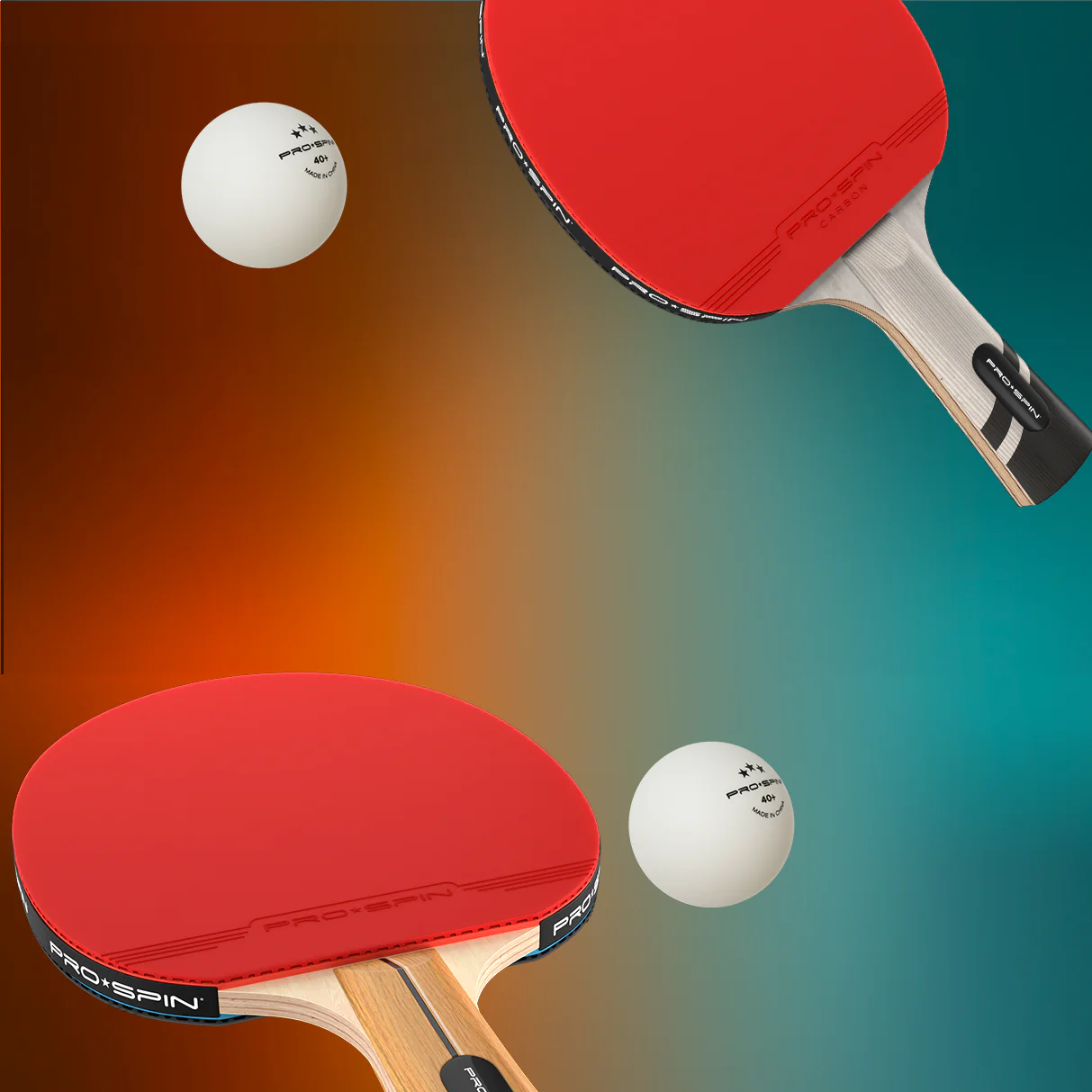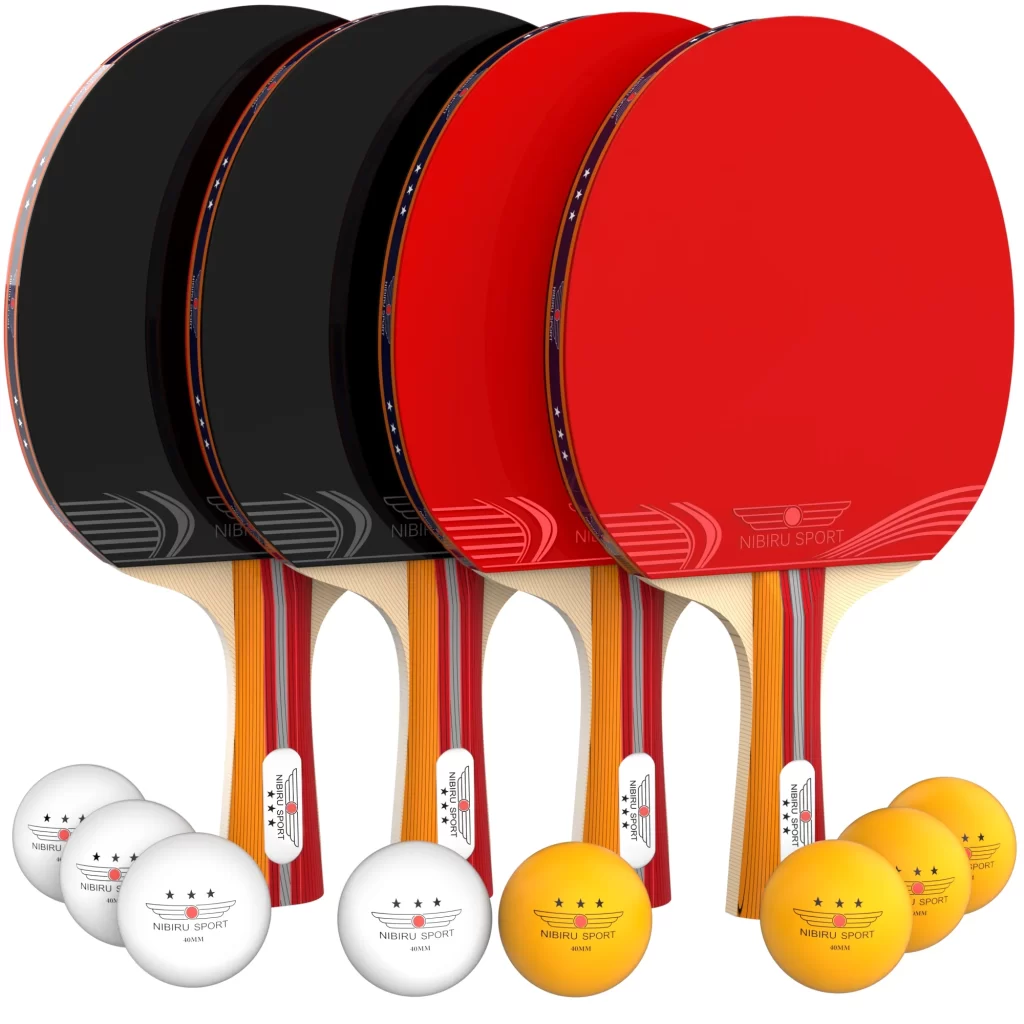Table tennis, or ping pong as it’s affectionately known, might seem like a simple game on the surface. However, beneath the seemingly effortless rallies lies a world of finesse and technique. One crucial aspect that separates beginners from seasoned players is the grip – how you hold the paddle. A comfortable and effective grip unlocks a whole new level of control, power, and shot variety.
There are two main grips used in ping pong: the shakehand grip and the penhold grip. Let’s delve into each one, exploring their strengths, weaknesses, and how to master them.
The Shakehand Grip: A Universal Favorite
Imagine shaking hands with your ping pong paddle. That’s essentially the shakehand grip! This dominant grip, used by the majority of professional players, offers a well-rounded balance between power and control. Here’s how to hold it like a pro:
- Grab and Extend: Hold the paddle handle in your dominant hand, with your thumb on one side and your remaining fingers wrapped around the other. Extend your index finger along the back of the paddle blade for added stability.
- Relax and Adjust: Grip the handle firmly, but not so tight that your hand cramps. You should be able to feel a slight bend in your thumb and index finger. Experiment with the angle of the paddle in your hand until you find a comfortable position for both forehand and backhand strokes.
The shakehand grip shines in its versatility. It allows for quick transitions between forehand and backhand strokes, crucial for fast-paced rallies. Additionally, the grip provides excellent leverage for powerful smashes and serves.
However, the shakehand grip can feel awkward for beginners, especially when switching between forehand and backhand. This is because the grip needs slight adjustments for each stroke. Don’t worry, with practice, the transitions will become seamless.

The Penhold Grip: A Legacy of Precision
The penhold grip, as the name suggests, resembles how you hold a pen. This grip is particularly popular in Asian countries and is known for its precise control. Here’s a breakdown of the penhold grip:
- Embrace the Handle: Unlike the shakehand grip, the penhold grip cradles the handle between the base of your thumb and the side of your index finger.
- Finger Flexibility: The remaining three fingers can be held in various positions, depending on the variation of the penhold grip you choose. Some players tuck these fingers under the handle, while others spread them on the back of the blade.
The penhold grip excels in its ability to generate delicate spins and precise shots. However, the grip can limit power compared to the shakehand grip. Additionally, the penhold grip requires more flexibility in the wrist for backhand strokes, which can be challenging for beginners.

Finding Your Grip: Experimentation is Key
While the shakehand grip is generally recommended for beginners due to its versatility, there’s no single “correct” grip in ping pong. The best grip is the one that feels most comfortable and allows you to play your best.
Here are some tips for finding your perfect grip:
- Try Both Grips: Don’t be afraid to experiment with both the shakehand and penhold grips. Spend some time holding each one and hitting a few balls to see which feels more natural.
- Observe the Masters: Watch professional players and see how they hold their paddles. This can give you valuable insights into different grip variations and techniques.
- Seek Guidance: If you’re struggling, consider taking lessons from a coach who can help you find the right grip and refine your technique.

Beyond the Grip: Essential Hand and Wrist Techniques
While the grip is foundational, mastering hand and wrist movements takes your ping pong game to the next level. Here are two crucial techniques to focus on:
- Wrist Snapping: This involves using a quick flick of the wrist to generate power and spin on your shots. Practice snapping your wrist for both forehand and backhand strokes.
- Relaxation: While maintaining a firm grip on the handle, avoid tensing up your entire arm and wrist. Relaxed movements allow for better control and faster reactions.

Practice Makes Perfect: Hone Your Grip
Remember, mastering any grip takes time and practice. Here are some drills to help you develop a strong and comfortable grip:
- Shadow Play: Mimic forehand and backhand strokes in the air, focusing on smooth transitions between grips.
- Slow-Motion Practice: Hit the ball slowly at first, concentrating on proper grip positioning and hand and wrist movements. Gradually increase the speed as your technique improves.
- Wall Drills: Practice hitting the ball against a wall, focusing on consistency and control. This allows you to refine your grip without the pressure of a full-fledged rally.

Incorrect wrist position
While a comfortable grip is crucial in ping pong, proper wrist position takes your technique to the next level. An incorrect wrist position can lead to a loss of control, power, and ultimately, frustration. Let’s explore some common wrist mistakes and how to fix them.
The Bent Wrist Woes
A frequent culprit is a bent wrist. This can happen with both the shakehand and penhold grips. A bent wrist limits the power you can transfer from your body to the paddle, resulting in weaker shots. It can also affect your ability to generate spin effectively.
The Fix: Focus on keeping your wrist straight and relaxed during most strokes. This doesn’t mean your wrist should be completely rigid. A slight flick of the wrist at contact can add power and spin, but this should be a controlled movement.
The Overly Stiff Wrist
Another pitfall is a stiff wrist. This can happen due to tension or an overemphasis on power. A stiff wrist hinders your ability to react quickly and adapt to different spinny serves or shots.
The Fix: Maintain a firm but relaxed grip on the handle. Imagine holding a bird – tight enough to control it, but loose enough to avoid crushing it. This allows for better control and faster reactions at the net.
Mastering Wrist Action: Snapping for Success
While keeping your wrist generally relaxed, the “snap” is a crucial technique for generating power and spin. This involves a quick flick of the wrist at the point of contact. Practice this motion for both forehand and backhand strokes. The key is to keep the movement controlled for precise shot placement.
Beyond the Basics: Wrist Techniques for Different Strokes
While a relaxed, straight wrist is the foundation, there are subtle variations depending on the shot. Here are some quick tips:
- Blocks: Keep your wrist relatively straight for solid blocks that return the opponent’s shot with minimal spin.
- Topspins: A slight upward flick of the wrist at contact helps generate topspin, making the ball dip after it crosses the net.
- Loops: For powerful loops, combine a body rotation with a more pronounced wrist flick to impart heavy topspin.
Conquering the Wobble: Drills for a Steady Wrist
Developing a steady wrist takes practice. Here are some drills to help you achieve ping pong wrist mastery:
- Shadow Play: Mimic strokes in the air, focusing on maintaining a straight and relaxed wrist throughout the motion.
- Wall Drills: Practice hitting against a wall, concentrating on controlling your wrist for consistent contact.
- Slow-Motion Practice: Start slow, prioritizing proper wrist position over power. Gradually increase speed as your control improves.
By avoiding incorrect wrist positions and mastering the art of the wrist snap, you’ll unlock a new level of control, power, and finesse in your ping pong game. Remember, a steady and relaxed wrist is the key to a winning stroke!


